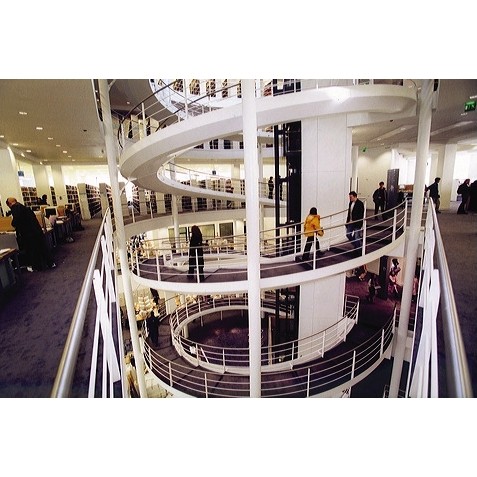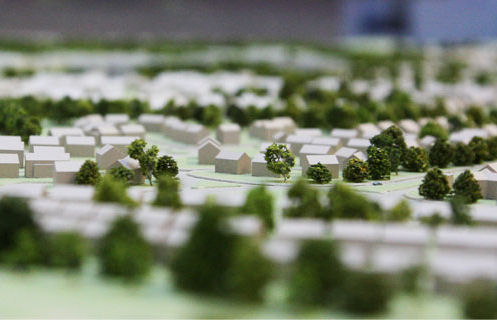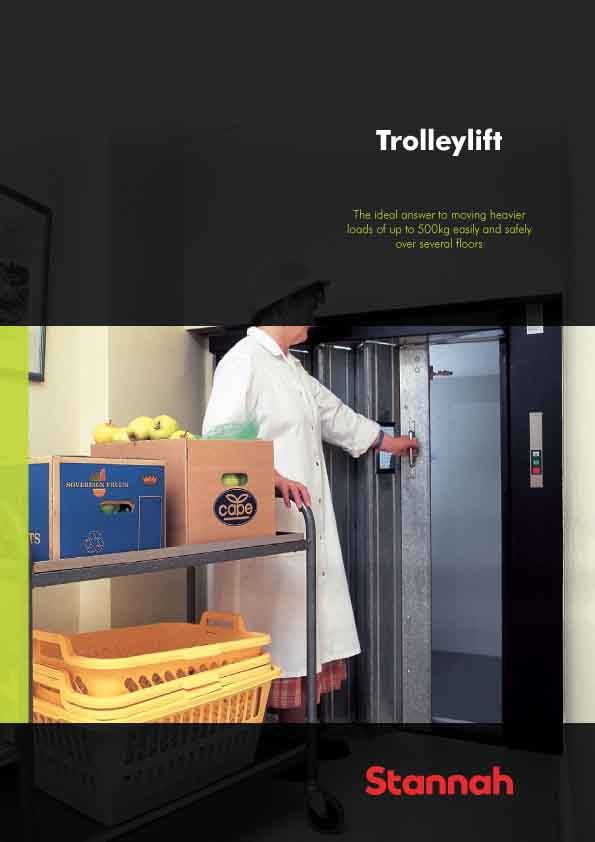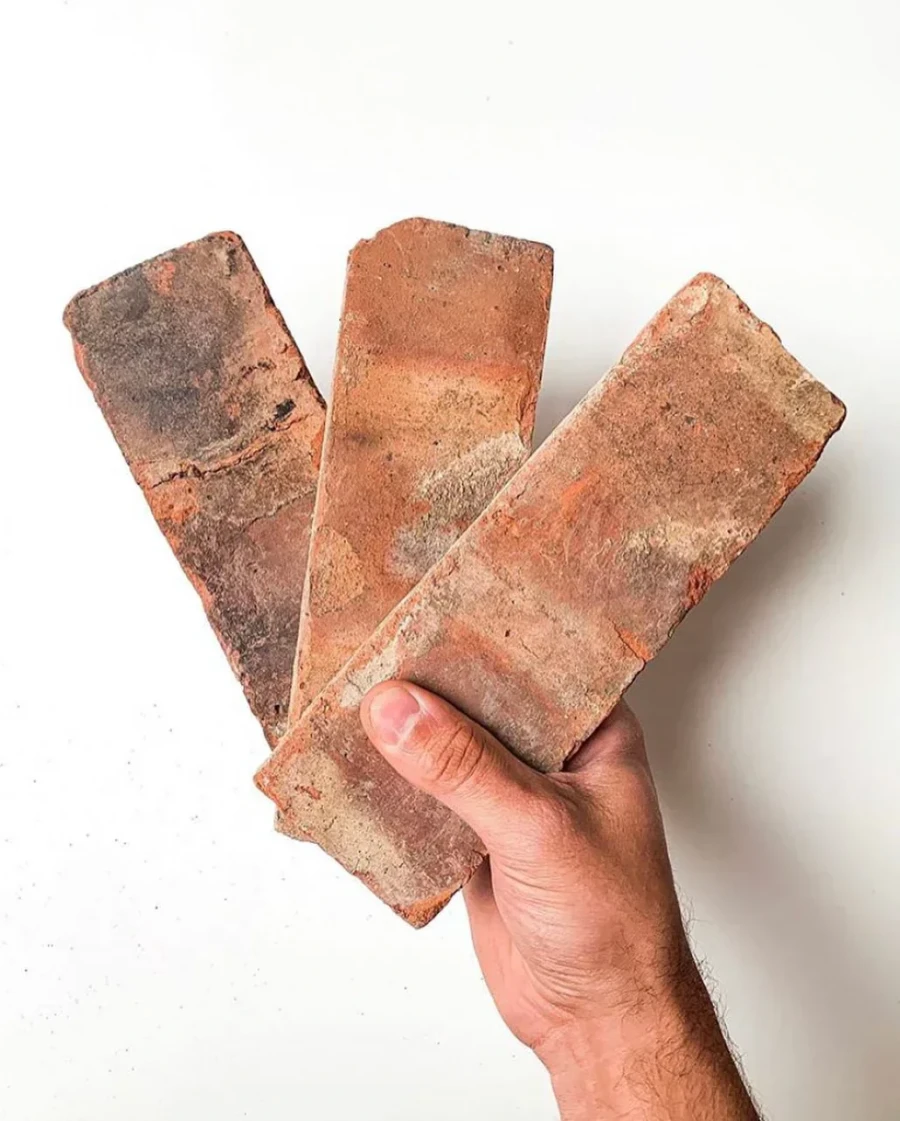
Over a third of students have rejected a university due to the quality of its buildings and lack of facilities, according to research led by the LSE Estates Division and the Higher Education Design Quality Forum (HEDQF).
The research, commissioned by HEDQF, asked 1,000 students from UK universities for their views on the quality of their university campus and sheds new light on how students make decisions as they go through the application process.
When asked what were the most important factors when deciding where to study, 76% of students ranked campus facilities as either ‘quite’ or ‘very’ important, with only 8% saying it was ‘not very’ or ‘not at all’ important in their choice. This was the fourth most important factor after course, location and reputation.
Estate quality increases in importance once a student has chosen a university, with 86% of students saying that it is ‘quite’ or ‘very’ important in their first year of studies. However, the importance students attach to estates decreases to 79% for third years students.
The research also highlighted how factors such as demographics, region and type of university attended have an impact on how students view the university buildings.
Students in Russell Group universities are much more likely to describe their buildings as ‘inspiring’, closely followed by students in newer universities such as Lincoln, Gloucestershire and Ravensbourne College. This pattern was repeated when students were asked to rate the overall quality and design of estate, with Russell Group students, and students from newer universities, more likely to rate the estates as excellent.
Existing data shows capital expenditure on estates has been the highest amongst the Russell Group universities during 2001–2011.
When asked where they would invest money in their universities, the top three areas in order of preference were: smaller class sizes, bursaries for poorer students and new buildings and facilities. When their expenditure options were restricted to estates-only items, the repair and maintenance of existing buildings came out top with 77%, which suggests that new buildings should not be at the expense of the rest of the estate, and may even highlight the deficiencies of tired and outmoded facilities.
Julian Robinson, LSE Director of Estates and Deputy Chair, HEDQF, said: ”Between 1996 and 2011 universities have invested a massive £27.5 billion in their building and estates, resulting in some amazing buildings of world-class quality, incorporating innovative design, environmental sustainability and flexible use. Our nationwide survey set out to determine whether investment in a university’s estate matters and makes a difference to students and their university experience.”
LSE is in the process of renewing its main campus with an ambitious c. £400m programme of site acquisitions, new build, refurbishment and public realm improvements. It has recently appointed Rogers, Stirk, Harbour and Partners to design the new Global Centre for Social Sciences.




















